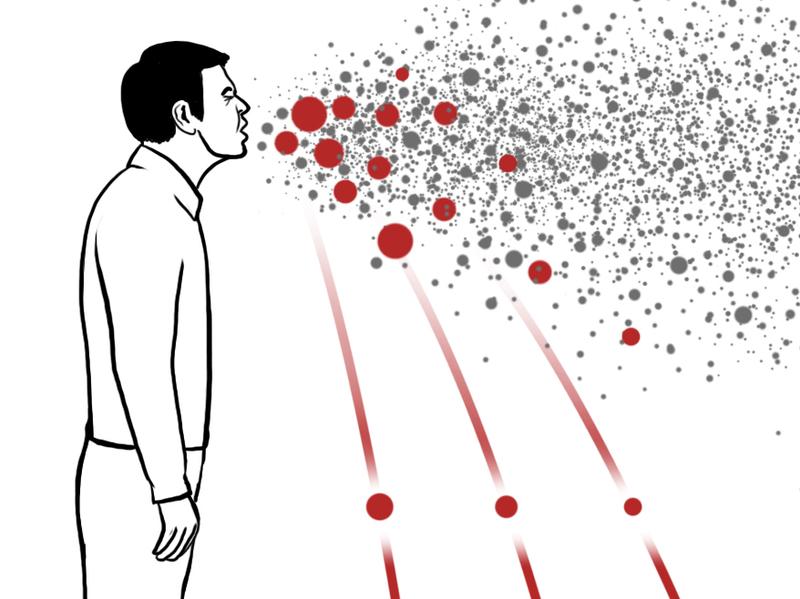The World Health Organization (WHO) is planning to address airborne transmission of COVID-19, the infection caused by the new coronavirus. It is also planning to release new guidance in the coming days.
It will address airborne transmission of the coronavirus after a scientific commentary from nearly 240 researchers raised concerns over the virus remaining airborne longer than previously thought.
The commentary was published Monday in Clinical Infectious Diseases.
Lead author of the commentary Lidia Morawska told Medscape Medical News, “Airborne route of infection transmission is significant, but so far completely undermined, and not recognized by the decision-makers and bodies responsible for infection control.”
“This means that no control measures are taken to mitigate airborne transmission and, as a consequence, people are infected and can die,” Morawska added. “We wanted to bring this to the attention of the world to prevent this from happening.”
Co-author of the commentary, Maria Van Kerkhove, said, “We have been working on a scientific brief…to consolidate knowledge around transmission.”
“We are also looking at the possible role of airborne transmission in other settings,” added Van Kerkhove, who is the WHO’s technical lead on COVID-19. “We will be releasing our brief in the coming days.”
Benedetta Allegranzi, another WHO technical lead on COVID-19, said, “We acknowledge there is emerging evidence in this field. Therefore, we believe we have to be open to this evidence and its implications.”
“Our group and others really highlighted importance of research on different modes of transmission, including droplets of different sizes and their relative importance,” added Allegranzi. “These fields of research are really growing but not definitive. More evidence needs to be gathered and evaluated.”
Meanwhile, Allegranzi explained, “The possibility of airborne transmission in public settings — especially closed, poorly ventilated settings — cannot be ruled out.”
Morawska said, “A continuous surprise is that it takes the world such a long time to accept this, while this has such solid scientific foundation,” citing a report she co-authored in the journal Environment International.
Morawska and her team called for “national authorities to acknowledge the reality that the virus spreads through the air and recommend that adequate control measures be implemented to prevent further spread of the SARS-CoV-2 virus, in particularly, removal of the virus-laden droplets from indoor air by ventilation.”
WHO Chief Scientist Dr. Soumya Swaminathan explained the reason why the WHO remains cautious about making premature pronouncements about airborne transmission.
“Any guidance we put out has implications for billions of people around the world, so we want to be as careful as possible,” said Dr. Swaminathan. “We have to consider the weight of the evidence.” She added, “We are constantly looking for information on how we can do better. This process on COVID-19 will, I am sure, continue for the weeks and months to come.”























